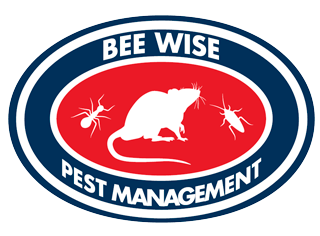The Importance of Long-Term Preventative Maintenance
In the world of pest control, one of the most frequently asked questions we receive at Bee Wise Pest Management is: “Why do pests return after being eliminated?” Although it may seem frustrating, understanding the causes behind these recurrences and adopting a preventative maintenance strategy can make the difference between a temporary solution and lasting protection for your home or business.
Natural Infestation Cycles: What Causes Them?
Pests, such as ants, termites, rodents, and flying insects, follow life cycles and behaviors that, if not managed with a long-term plan, can facilitate their return. These cycles are influenced by factors such as:
- Seasons and weather conditions: Some insects, such as mosquitoes or cockroaches, proliferate at certain times of the year, taking advantage of favorable conditions to reproduce and seek shelter.
- Resource Availability: The presence of water, food, and shelter in your environment can attract and keep pests near your property.
- Surrounding Ecosystems: Green areas, debris, or poorly maintained nearby structures serve as reservoirs that feed and reproduce pests, allowing them to return even after removal.
Why do pests return after treatment?
Eliminating an infestation at one time does not guarantee that they will not return. This is because pests can have reproductive cycles that are not interrupted by a single treatment. Furthermore, if the source or the environment that favors their presence is not addressed, they can reappear within weeks or months.
For example:
- Termites: They can form colonies underground or in hidden places. The elimination of a visible colony does not mean that others do not exist, or that the roots of the infestation are not still active.
- Ants: They can establish themselves in hidden areas, forming underground pathways or in walls, and reappear if food and shelter sources are not destroyed.
- Rodents: They can hide in inaccessible areas and re-invade if conditions remain favorable.
The Ongoing Prevention Strategy: Why is it essential?
A long-term preventive maintenance approach is key to effectively keeping your space pest-free. This involves:
- Regular Inspections: Periodic checks to identify early signs of infestation or conditions favorable to pests.
- Maintenance Treatments: Preventive applications in key areas, especially during high-risk seasons.
- Environmental Control: Improving environmental conditions, such as sealing cracks, eliminating sources of stagnant water, and maintaining cleanliness.
- Education and Awareness: Knowing what behaviors or elements attract pests and avoiding them.
Benefits of Long-Term Preventative Maintenance
Implementing a continuous prevention plan not only reduces the likelihood of re-infestation, but also:
- Saves money in the long run: Fewer emergency treatments and costly damage.
- Protects health: Reduces the risk of pest-borne diseases.
- Preserves the structure: Especially in the case of termites and rodents, which can cause significant structural damage.
- Maintains peace of mind: A safe space free from nuisances that affect your quality of life and productivity.
Pests return when we don’t address the root causes and maintain a long-term preventative strategy. At Bee Wise Pest Management, we believe the key to a lasting pest-free space is continuous prevention and proactive care. Our eco-friendly, customized program is designed to protect your home or business, anticipating infestation cycles and ensuring lasting protection.
Want to learn more about how we can help you keep your space safe and pest-free? Visit our website https://beewisepestmanagement.com/ or contact us for a professional inspection. Your peace of mind is our priority!







